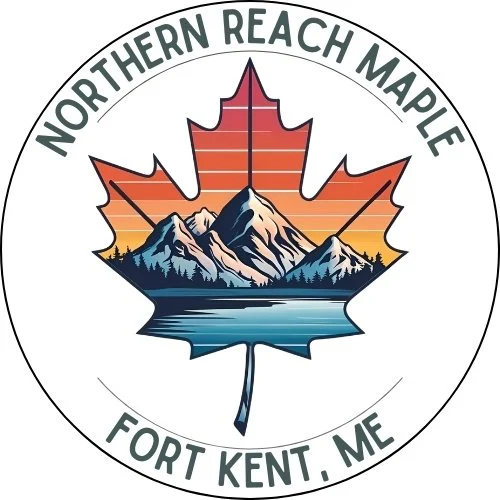Your cart is currently empty!

Northern Reach Maple
Pure Maple syrup, deep Northern Roots — Handcrafted in Fort Kent, Maine.
Free shipping for orders over $75 — Use coupon CODE ‘FREESHIP’*
Featured Maple products
-
Bourbon Barrel Aged Maple Syrup
$13.99 -
Breakfast Bundle Gift Basket
Original price was: $52.99.$45.00Current price is: $45.00. -
Cinnamon Infused Maple Syrup
$11.99 -
Pure Maine Maple Syrup, Half-Pint
$6.89 -
Season’s Finest, Pure Maine Maple Syrup
$9.99
Find Us
Location
Hours
Note: while sugarshack tours are available by appointment only, we do keep a refrigerator stocked with maple syrup along with all of our current products in front of the building.
Check back later; Our schedule will change during weeks where events are planned (e.g. Maine Maple weekend). for now, Please call or write ahead, thanks!
- Monday
- Closed
- Tuesday
- Closed
- Wednesday
- Closed
- Thursday
- Closed
- Friday
- Closed
- Saturday
- Closed
- Sunday
- Closed
join our email list to Stay informed as to what maine maple goodies we are cooking up next
Processing…
Success! You’re on the list.
Whoops! There was an error and we couldn’t process your subscription. Please reload the page and try again.
*Free shipping offer not available for all items, may not be used in conjunction with other sales or offers. offer valid in the lower 48 contiguous US states.





